 Futaba Corporation is a Japanese company that produces Vacuum Fluorescent Displays (VFDs) and other industrial and commercial components and modules. In October 2011 Futaba bought TDK's part in their PMOLED joint venture, TDK Micro Device Corporation, which is now a Futaba subsidiary.
Futaba Corporation is a Japanese company that produces Vacuum Fluorescent Displays (VFDs) and other industrial and commercial components and modules. In October 2011 Futaba bought TDK's part in their PMOLED joint venture, TDK Micro Device Corporation, which is now a Futaba subsidiary.
Futaba develops and manufactures small PMOLED displays for consumer applications including flexible PMOLEDs.
629 Oshiba
Mobara
2978588
Japan
Futaba expands its strategic relationship with RiTDisplay for the production of PMOLED displays
Japan-based PMOLED maker Futaba announced that it is entering a business partnership agreement with Taiwan-based PMOLED maker RiTDisplay for the production of OLED displays.
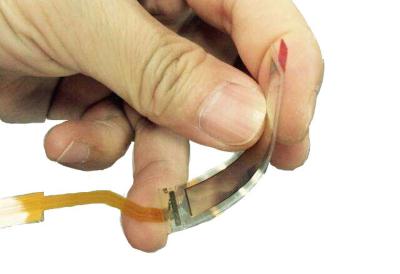
Futaba is already collaborating with RiTDisplay for parts of the PMOLED production process, but now it will expand this project and move the entire PMOLED production process to RiT Display. The two companies will also partner to share technical details and co-develop and market automotive PMOLED displays.
Futaba's flexible 1.4" 128x16 PMOLED display now available on the OLED Marketplace
We are happy to announce that Futaba's film-type flexible 1.4"128x16 monochrome white PMOLED display has been added to the OLED Marketplace. This unique flexible PMOLED joins Futaba's 1.8" 160x32 white flexible PMOLED that is also available through the marketplace.
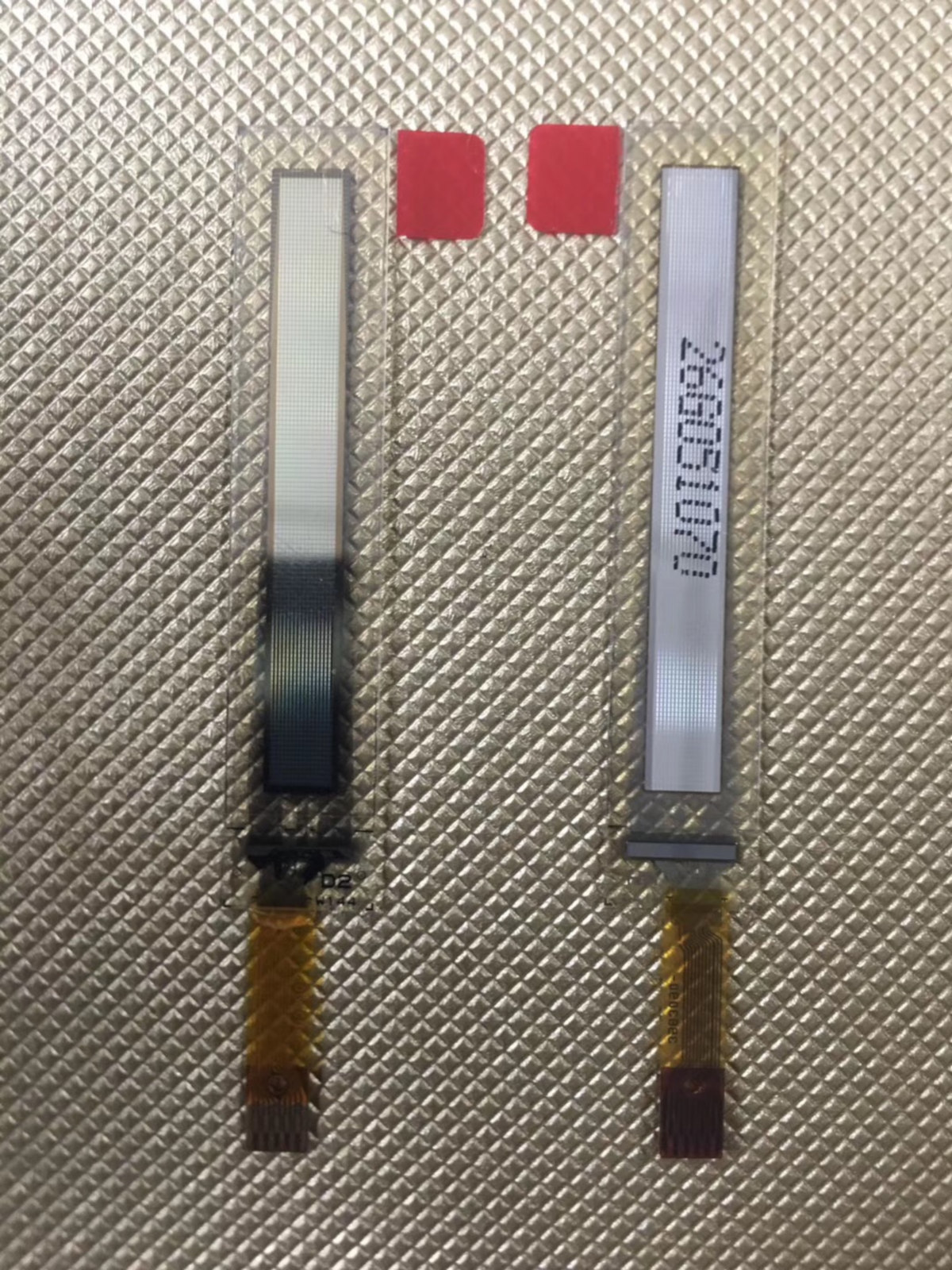
If you are interested in this display for your device or new project, contact us now, or check out more information over at the OLED Marketplace.
Where are the transparent OLEDs?
Transparent displays are of great interest, and many envision a plethora of possible applications that use transparent screens in the retail, commercial and consumer markets. There are many exciting applications - but none with real and immediate demand.
Many OLED makers are developing transparent OLEDs, and in the past we've seen several producers that introduced such displays to the market - only to halt production a few months later. Device makers are on the lookout for such displays, and are still disappointed even though the technology is ready.
Futaba's flexible 1.8" 160x32 PMOLED display now available on the OLED Marketplace
Futaba launched its flexible (film-type, curvable) 1.8" 160x32 monochrome white PMOLED back in November 2015, and we have now added this interesting panel to our OLED Marketplace.
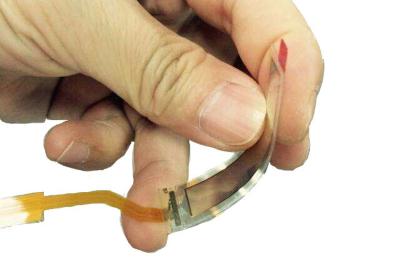
If you are interested in this display for your device or new project, contact us now, or check out more information over at the OLED Marketplace.
Futaba demonstrated its automotive, flexible and transparent PMOLEDs at SID 2018
Japan-based Futaba demonstrated its latest automotive, flexible and transparent PMOLEDs at SID 2018.
We did not see any new displays, but it was great to get an overview of the possible PMOLED solutions that Futaba offers to its target markets (mostly automotive and wearables).
Futaba to start producing transparent segmented OLEDs next month
Futaba demonstrated a new transparent PMOLED prototype display that it aims to release commercially next month. The ELA0502AAGS is a segmented monochrome (white, blue or amber) T-OLED that features high transparency (80%).
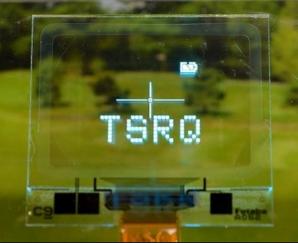
The display has a glass outline of 22 x 20 mm and the active area diameter is 0.59". The pixel size is about 50 um. The display is very bright at 1,000 cd/m2. The demonstrated display has a battery icon, 4 characters and a cross hair in the middle - this is obviously aimed for telescopic sights.
Futaba shows its flexible and automotive OLEDs at SID 2016
Futaba has been producing flexible PMOLEDs since 2013, and the company demonstrated its flexible OLEDs at SID 2016. Those OLEDs are flexible, but not bendable by the user (which is why Futaba calls them film-type OLEDs).
Futaba's current range of flexible OLEDs include several panels. A 1.4" 128x16 white one (introduced in 2013, was adopted in Huawei's Talkband and Garmin's Vivosmart fitness trackers), and a larger 1.8" white 160x32 panel entered mass production in November 2015.
Futaba expands film-type flexible PMOLED range
Futaba started shipping flexible PMOLED panels, which they call film-type formable OLEDs, back in 2013 - with the first panel on production being a 1.4" 128x16 white PMOLED (which was adopted in Huawei's Talkband and Garmin's Vivosmart fitness trackers).
Now Futaba expanded their and the company currently has 3 flexible OLED products - adding a new 1.8" white 160x32 panel that is now in mass production and a full-color 1.4" 128x16 PMOLED that will enter mass production soon.
DisplaySearch: LG Display dominates the smartwatch display market
DisplaySearch estimates the worldwide smartwatch display market at $204 million in Q1 2015. The leading provider was LG Display - with over 90% of the market ($186 million). Other leading players are SDC (3.1%), Japan Display (2.4%) and Futaba (2.4%).
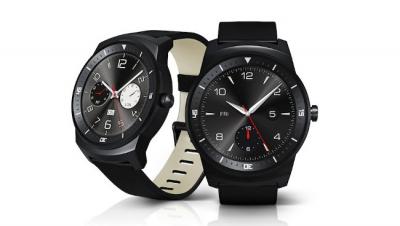
LG Display's lead is not surprising - the company is providing the flexible plastic-based OLED displays used in Apple's watch - and reportedly produced over 6 million panels for Apple, at $20 each. LG is also providing panels for LG Electronic's smart watches (including the G Watch R and the Watch Urbane). In Q4 2014, by the way, LGD only produced 1.1 million displays - impressive growth in just one quarter, attributed mostly to the Apple supply deal.
Huawei, HTC and Acer unveil new OLED wearables
Three new wearable devices with OLED displays were unveiled at the MWC tradeshow today. The most interesting one is Huawei's Watch - an Android Wear device that sports a 1.4" 400x400 (286 PPI) circular AMOLED display. It features a heart rate monitor and fitness tracking, six-axis motion sensor and a barometric sensor. Huawei's Watch will ship "in the middle of 2015".

Another interesting device is HTC's Grip - a fitness tracker that was developed together with Under Armour. The wearable device sports a curved monochrome (white) PMOLED display, which seems to be Futaba's 1.4" 128x16 film OLED (similar to the one used in Garmin's Vivosmart). The Grip includes the usual range of sensors in addition to an internal GPS chip.The Grip will ship in the US in the spring for $199.
Pagination
- Page 1
- Next page

